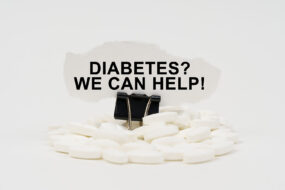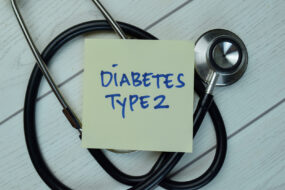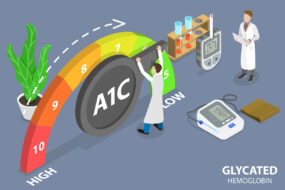
If you are wondering whether you might be suffering from diabetic retinopathy, this article will give you some information on this disease. High blood sugar levels for prolonged periods of time, High cholesterol levels, and Low-density lipoprotein cholesterol are known to lead to diabetic retinopathy. If you're concerned about your vision or have changes in your eyes, you should consult an eye doctor to rule out this condition.
High blood sugar levels over long periods
People with diabetes should have their eyes examined regularly and undergo a dilated eye exam if they notice any of these symptoms. In addition to having regular eye exams, they should eat a healthy diet, monitor their blood sugar levels, and exercise regularly. If diagnosed with diabetic retinopathy, patients should take insulin and other medicines for the condition as prescribed. Symptoms can also develop later, when treatment can be more difficult or permanent.
If blood sugar levels are left unchecked for long periods of time, diabetic retinopathy will get worse. New blood vessels begin to grow on the retina and can break while you are sleeping. This bleeding can change your vision and eventually lead to retinal detachment. This disease is also made worse by high blood pressure. High blood pressure increases the risk of retinopathy and causes further damage to weakened blood vessels. The result is a clouded retina.
People with diabetes are at risk of developing diabetic retinopathy if they are not properly managed. When blood sugar levels are high for a long period of time, it damages the tiny blood vessels in the retina, which detects light and sends the signals to the brain through the optic nerve. High blood sugar levels damage blood vessels throughout the body, including the tiny ones that carry oxygen and glucose to the retina. Diabetes can lead to bleeding and leakage of these vessels.
High cholesterol levels
Having high cholesterol levels can lead to many health problems, including diabetic retinopathy. Diabetics must control their blood-glucose levels and monitor their cholesterol levels regularly. Any abnormal cholesterol levels should be treated as soon as possible. This will minimize the risk of complications from diabetes. Listed below are some simple ways to monitor your cholesterol levels and help you avoid this serious condition. Follow your doctor's guidelines for blood pressure and cholesterol control.
A recent study enrolled 61 people with and without retinopathy and 55 patients with proliferative retinopathy. The researchers used an ETDRS grading scale to compare total cholesterol, high density lipoprotein (HDL), low density lipoprotein (LDL), and triglyceride levels. Higher levels of HDL, LDL, and triglycerides were associated with less retinopathy.
The total cholesterol-to-HDL ratio is an effective gauge of cholesterol health. While high levels of cholesterol are associated with increased risk of cardiovascular disease, low-levels of cholesterol are more likely to prevent certain health problems. In addition to lowering LDL cholesterol, a low-fat diet should also contain high amounts of vegetables, fruit, and nuts. If you have high cholesterol, make sure to include soluble fiber in your diet. Soluble fiber helps lower LDL cholesterol levels.
Scar tissue in the retina
Diabetic retinopathy has two major forms: proliferative and nonproliferative. Proliferative retinopathy is the more advanced form of the disease. This type of diabetic retinopathy results from a poor blood flow to the retina. New blood vessels form in the retina and bleed into the eye, blocking vision. Scar tissue is often produced in association with these abnormal blood vessels, causing the retina to wrinkle or detach from the back of the eye.
If the blood sugar levels remain high, the blood vessels in the retina are weakened and swell. These abnormal blood vessels pull the retina from its proper place. Without treatment, retinal detachment can cause blindness. Diabetic retinopathy is present in everyone who has diabetes. The risk of developing it increases with each change in blood glucose levels. However, it typically does not appear in diabetics until they are 10 years or older. This is why it's important to have annual eye exams and maintain healthy blood sugar levels.
In the early stage of fibrosis, Muller cells begin to multiply. This activation promotes neovascularization and gliogenesis. Activated Muller cells then cause significant cell proliferation and cause fibrosis. The resulting scarring is known as gliosis. It is important to note that fibrosis in the retina is a common sign of diabetic retinopathy.










